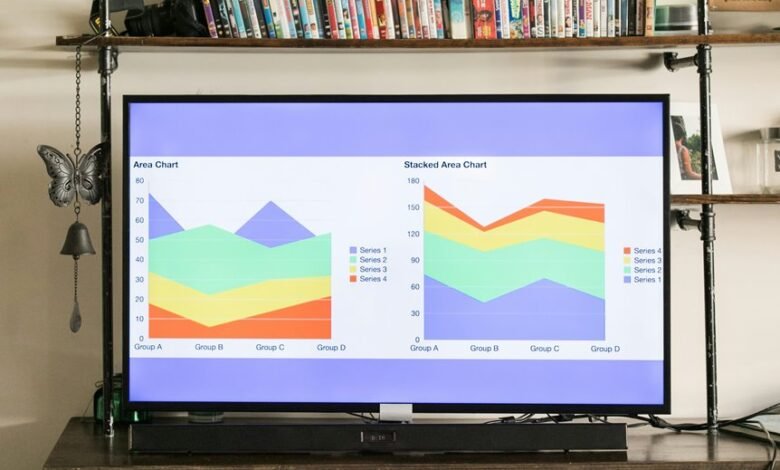1473917545 Unveiling Call Trends in Different Areas

The study on call trends across urban and rural areas reveals notable differences in communication dynamics. Urban regions exhibit a higher frequency of calls driven by population density and diverse economic activities. Conversely, rural areas display sporadic call patterns influenced by local socio-economic factors. These regional disparities prompt a closer examination of consumer behavior and preferences. Understanding these nuances could significantly impact business strategies in optimizing communication efforts. What implications might these findings hold for future engagement tactics?
Regional Variations in Call Volume
While call volume can fluctuate significantly across different regions, various factors contribute to these regional variations, revealing insights into local behaviors and needs.
Urban areas typically experience higher call volumes due to dense populations, while rural regions may see lower, more sporadic activity.
Additionally, seasonal fluctuations influence call patterns, reflecting changes in local economies and social activities, further diversifying urban vs rural call dynamics.
Factors Influencing Call Trends
Understanding the factors influencing call trends is essential for analyzing communication patterns across different demographics and environments.
Key aspects include call duration, which can vary significantly based on personal and cultural preferences, and peak times, often dictated by work schedules and social activities.
These variables shape how individuals engage in conversations, reflecting broader societal norms and personal choices within diverse settings.
Consumer Behavior and Communication Preferences
How do consumer behavior and communication preferences shape the landscape of modern interactions?
The evolution of communication styles, influenced by technology adoption, significantly impacts how individuals engage. Preferences for instant messaging over voice calls reflect a desire for efficiency and autonomy.
Understanding these behaviors allows businesses to tailor their strategies, facilitating more effective connections that resonate with consumers’ evolving expectations and technological inclinations.
Strategies for Optimizing Call Interactions
As businesses navigate the complexities of modern communication, implementing effective strategies for optimizing call interactions becomes essential to enhance customer satisfaction and operational efficiency.
Utilizing call scripts ensures consistency and clarity during conversations, while interaction analytics provides valuable insights into customer preferences and agent performance.
Together, these tools facilitate improved engagement, allowing organizations to adapt and refine their approaches to meet evolving needs effectively.
Conclusion
In conclusion, the disparities in call trends between urban and rural areas resemble a grand theatrical performance, with urbanites frantically dialing like caffeinated squirrels, while rural residents engage in their calls with the leisurely grace of a Sunday stroll. This intricate dance of communication, influenced by a plethora of factors, demands businesses to adapt their strategies with the precision of a master conductor, ensuring that every note of consumer behavior is harmoniously aligned for optimal engagement and resource allocation.




